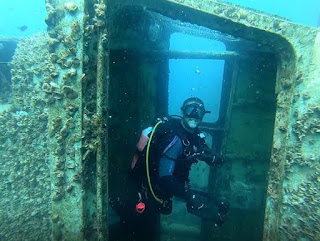
Meet Australia's first drag-queen-inspired Mardi Gras Facebook chatbot, named QueenBot.
As official accommodation partner of the Sydney Gay and Lesbian Mardi Gras, Accor Australia has launched its "fabulous new virtual Facebook assistant".
Attached to the AccorHotels Australia Facebook page, QueenBot has been designed to help the hotel group's 1.7 million Facebook fans across the Mardi Gras Parade weekend, with everything from last-minute Mardi Gras hotel reservations to providing Mardi Gras parade information, telling jokes and more.
Designed in-house by the Accor Australia Social Media team, QueenBot is aimed at giving followers a "shakeup with her ‘out-there’ personality".
QueenBot is the drag identity of AccorBot, Accor’s original Facebook chatbot, which was launched in September 2018.
The bot has since helped thousands of guests with everything from providing detailed city guides, to assisting with customer care. QueenBot is able to assist with everything that AccorBot would normally, although in a slightly more feminine way.
QueenBot helps guests to quickly get in touch with the Accor Guest Relations team, guiding guests with simple prompts to gather all information and increase the response time to guest feedback.
QueenBot is described as "fearlessly unconventional".
Kate Milross, Accor Australia Gender & Orientation Equality Champion (some job title that) says: “It is an absolute delight to be able to welcome QueenBot to the world. This year’s official Mardi Gras theme is ‘Fearless’, so we thought what better way to activate this, than by letting our chatbot, be his fearless self, QueenBot?
"QueenBot is so much more than a humorous chatbot, it’s a pride activation that the entire LGBTI+ community can engage and interact with, regardless of their physical location.
Meet QueenBot here: https://www.facebook.com/messages/t/AccorHotelsAU




























